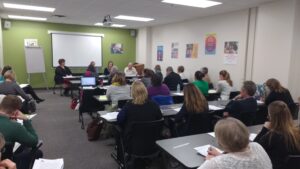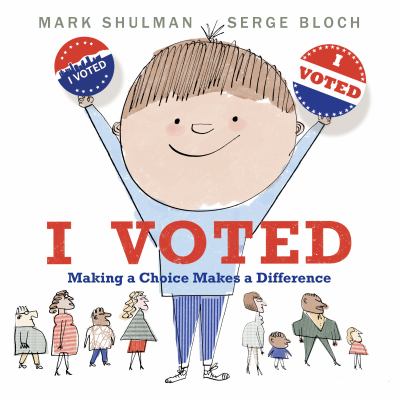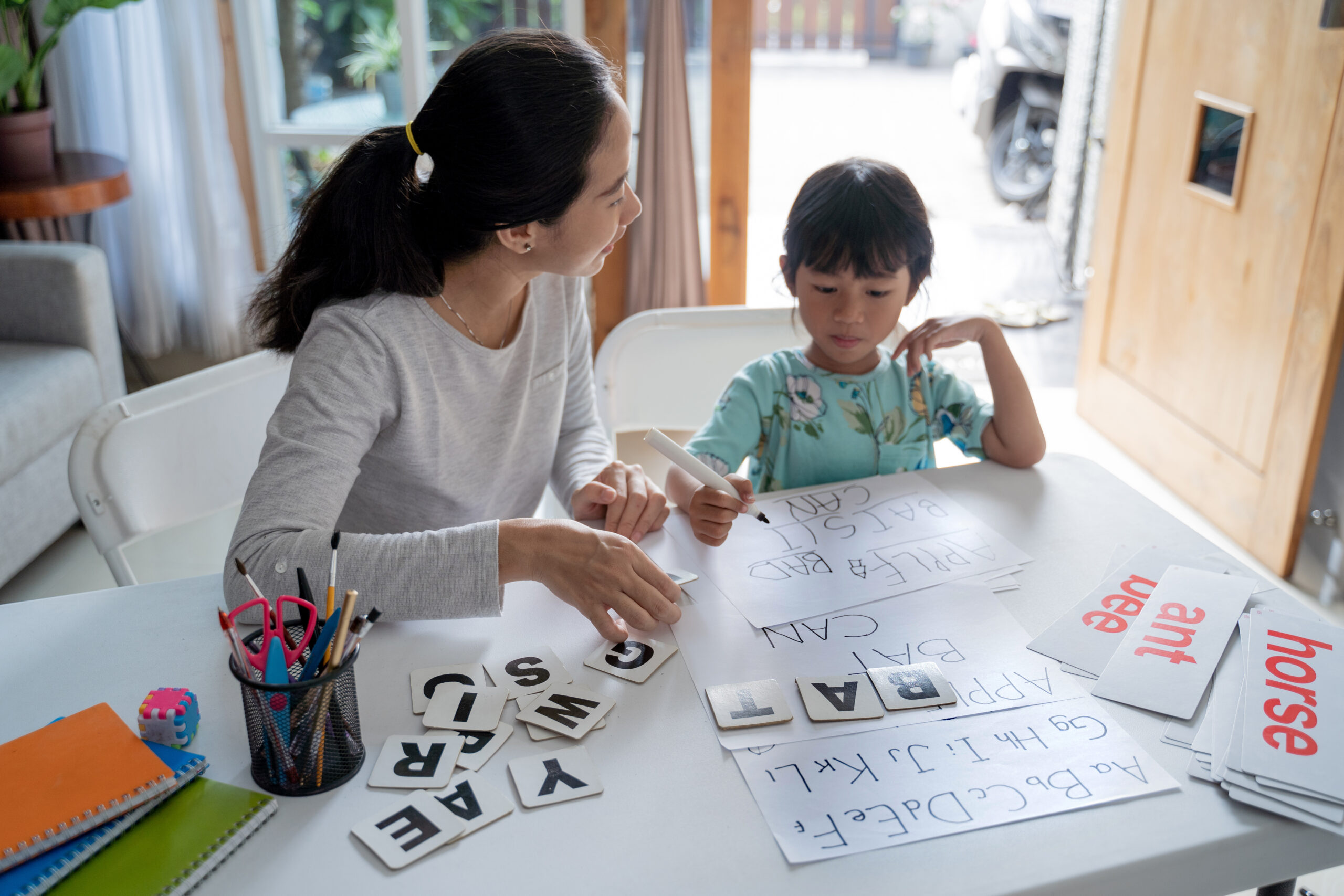
Policy Hour was well-attended at Think Small’s Minneapolis location.
New federal policy changes will affect the Minnesota early learning field. November Policy Hour featured staff from the state departments of Education and Human Services sharing updates about the changes.
Head Start Program Performance Standards
The federal Administration for Children and Families published new Head Start Program Performance Standards (HSPPS) in September. The new standards aim to maintain and improve the high-quality services of Head Start. Revision of the old standards was a lengthy process involving a review of research-based practices and feedback from stakeholders. Jeanne Dickhausen, who works on Head Start collaboration for the Minnesota Department of Education, shared some of the changes, most to be met by November 7, 2016:
- Head Start teaching practices will align with the new Head Start Early Learning Framework: Birth to Five. Overall the new changes are comprehensive from birth to five, inclusive of Early Head Start throughout.
- Teacher mentor-coaching is required.
- The new HSPPS prohibit expulsion of children from Head Start and strictly limit suspensions. Dickhausen noted that many programs already have these rules, but the new federal regulations codify them.
- Services for dual language learners and vulnerable populations will be maintained and strengthened.
- Head Start will continue to include and empower parents in the program. They will continue to provide and streamline access to other resources such as health services.
One significant change for many programs will be the amount of time they are required to serve children. Some programs currently offer half-day programming but have been moving toward full day in anticipation of the changes. The new requirements will be implemented gradually. For a detailed breakdown of the timeline, refer to this table.
For more details about changes to the standards, refer to this fact sheet. For additional information about the process and components of HSPPS, visit this website.
Child Care Assistance Program
With the reauthorization of the federal Child Care and Development Block Grant (CCDBG) in 2014, the federal government passed new regulations for child care. Each state needs to comply with the new regulations. For Minnesota, that means many changes will need to be passed into law. The state Department of Human Services (DHS) is working to update the bill they introduced last session. It will incorporate stakeholder feedback and clarifications received in September.
As part of this reauthorization, changes need to be made to the Child Care Assistance Program. Stacia Rosas from DHS shared that 30,000 children from about 15,000 families receive CCAP funds in Minnesota. Many of the new regulations are intended to make it easier for families to receive and retain CCAP which in turn provides greater stability for the children. Proposed changes will include:
- Determine eligibility every 12 months, instead of every 6 months.
- Eliminate copayment increases during 12 month redetermination period.
- Require families to certify that assets are less than $1 Million.
- Process applications from homeless families within 5 days and prior to receiving verifications. Waive activity requirements for 3 months.
- Eliminate schedule verification requirements for most families and allow families to choose a child care schedule that works best for them.
- Simplify and reduce reporting requirements.
- Make payments to providers within 21 days
- Update maximum rates after each market rate survey.
Child Care Licensing Requirements
In addition to CCAP changes, the reauthorization also affects licensing requirements for providers. DHS is already working to comply with changes that do not require changes to the law. New requirements will impact the four different types of providers: Licensed Child Care Centers, Licensed Family Child Care, Legal Non-Licensed caregivers, and License-Exempt programs. The law requires all groups to meet health and safety standards.
Some of the main changes that need to be implemented are:
- Annual inspections for all provider types. Currently inspections for licensed providers occur every two years and no inspections are required for license exempt centers and legally non-licensed providers.
- Expanded background study requirements. While DHS already has some tools in place to provide this service, they are working to figure out how to make it more streamlined.
- Enhanced health and safety standards and training requirements. Many of these are already addressed in current licensing requirements, and those that are not will need to be added.
- Licensing monitoring and inspection reports must be made available by electronic means, in a consumer-friendly and easily accessible format. Most of this information is already available on DHS Licensing Information Lookup for child care centers, but not for family child care.
The state has already developed an emergency preparedness plan and created a template for providers to create their own plans as required by the new regulations. The Parent Aware website has already been updated with some consumer education information and will continue to be used for that purpose. Most health and safety requirements have to be in place by September 30, 2017. The deadline for consumer education components is November 2017. For additional information on what DHS is working on related to CCDBG reauthorization, read their handout on the topic.
Policy Hour is provided by Minnesota’s Future Coalition









